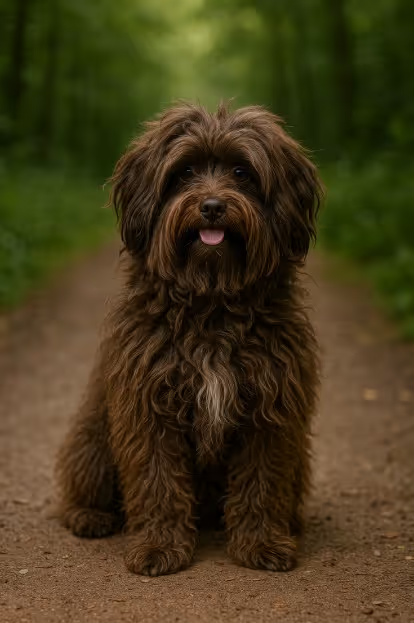The Russian Tsvetnaya Bolonka is a charming, affectionate, and intelligent toy breed known for its colorful coat, cheerful disposition, and adaptable nature. Developed in Russia as a companion dog, the Bolonka is playful yet easygoing, making it a wonderful fit for city apartments and family homes alike. Loyal and people-focused, they thrive when they are included in daily life and showered with affection.

The Russian Tsvetnaya Bolonka (meaning “colored lapdog” in Russian) was developed in the mid-20th century in the former Soviet Union. During a period when importing foreign breeds was restricted, Russian breeders used small companion breeds such as the Bichon Frise, Shih Tzu, Lhasa Apso, and Pekingese to create a small, hardy, and affectionate dog suited for urban living. The breed was officially recognized by the Russian Kennel Federation in 2013 and has since gained attention internationally as a delightful, rare companion breed.
A small, sturdy toy breed with a soft, wavy or curly coat.
Moderate to high grooming needs to maintain coat health.
Moderate exercise needs, easily met indoors or outdoors.
Smart and eager to please, making them highly trainable.
A balanced diet supports their energy and coat health.
Generally healthy with few major concerns.
Rare outside Russia but available through specialty breeders.
Are Russian Tsvetnaya Bolonkas good family dogs?
Yes, they are affectionate and gentle with children.
Do they bark a lot?
They may alert bark but are generally not excessive barkers.
Do they shed much?
No, they are very low-shedding.
Are they easy to train?
Yes, they are intelligent and eager to please.
Do they get along with other pets?
Yes, with proper socialization.
Are they hypoallergenic?
Yes, they are considered low-allergen.
How much exercise do they need?
About 20–40 minutes daily.